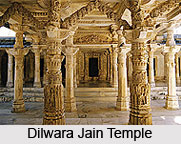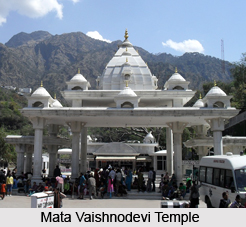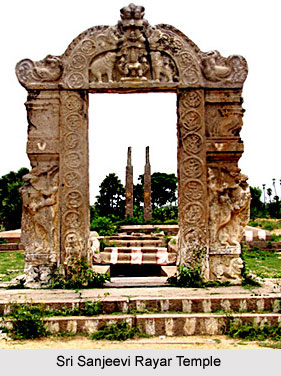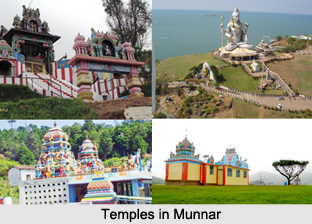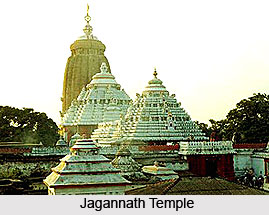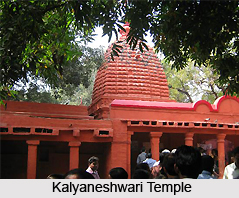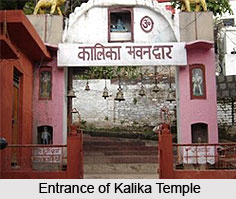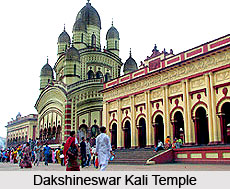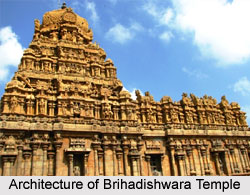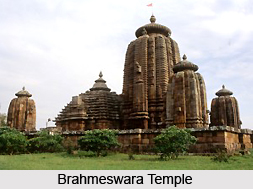 Brahmeswara Temple, situated in Bhubaneshwar city of Odisha, is an ancient Hindu temple adorned with rich and splendid architecture. Dedicated to Lord Shiva, the temple was constructed in 9th century CE, a fact inferred from the inscriptions present on the temple previously. Although the inscriptions have lost with time, their records have been well preserved. Kolavati Devi, mother of the Somavamsi king Udyotakesari, had built the temple in the year 1058 CE, which corresponds to the 18th regnal year of the king. According to a lost inscription of Brahmeswara Temple, Queen Kolavati had presented to the temple many beautiful women promoting the Devadasi tradition which in later Orissan temple architecture and temple life assumed a significant aspect.
Brahmeswara Temple, situated in Bhubaneshwar city of Odisha, is an ancient Hindu temple adorned with rich and splendid architecture. Dedicated to Lord Shiva, the temple was constructed in 9th century CE, a fact inferred from the inscriptions present on the temple previously. Although the inscriptions have lost with time, their records have been well preserved. Kolavati Devi, mother of the Somavamsi king Udyotakesari, had built the temple in the year 1058 CE, which corresponds to the 18th regnal year of the king. According to a lost inscription of Brahmeswara Temple, Queen Kolavati had presented to the temple many beautiful women promoting the Devadasi tradition which in later Orissan temple architecture and temple life assumed a significant aspect.
Architecture of Brahmeswara Temple
Traditional temple architectural style of Bhubaneshwar structures Brahmeswara Temple. The stone building of the temple is embellished with rich wooden carvings. It resembles the shape of a full volume pyramid with carvings on the interior as well as exterior of the temple. In the state of Odisha, the basic structure of the temple features two connecting buildings. Jagmohana, which refers to the assembly hall, is the smaller one while the towering sanctuary behind it is known as the Sikhara. Two more halls were added in front to the temples built in later period, one for banquets and the other for dancing.
Several innovative features were also introduced in the temple such as images of a number of dancers and musicians on the exterior walls, some of them holding lutes. Iron beams made their way to the temple architecture for the first time in Brahmeswara Temple. Symbolic decorations can be spotted on the sandstone walls with godlike figures which are helpful for meditation. Flying figures and pretty flower designs can be found over the door frame. There are also images of the eight directional guardian deities along with several tantric-related images. On the western fa‡ade of the temple, Chamunda appears standing on a corpse and holding a human head and a trident. Horrific aspects of Shiva and other deities are also found here.
Similarity between Brahmeswara and Muktesvara Temples
Architecturally, Brahmeswara Temple shows much resemblance with the Muktesvara Temple, built in an early period, in terms of carved interior of the Jagmohana. The sculptural iconography is also quite similar including the abundant lion head motifs, a feature that appeared firstly in the Muktesvara.












